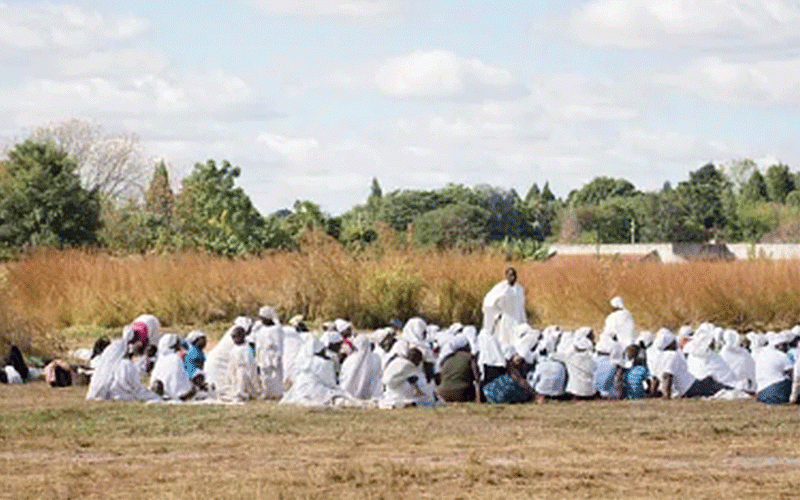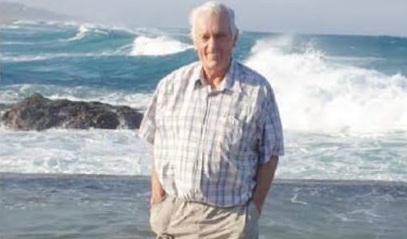
Introduction: An engineer’s call to transform our energy future
Across Zimbabwe and much of the Sadc region, the energy conversation has for decades been shaped by crisis, blackouts, aging infrastructure, underinvestment, and heavy reliance on unsustainable fuels. But I firmly believe that every challenge is an invitation to innovate.
As a passionate energy engineer, a policy advocate, and the CEO of Power Giants Private Limited, operating in eight African countries, I have spent my life building solutions where many saw only problems. My vision has always been clear: Zimbabwe must be energy-secure, Sadc must be energy-connected, and Africa must be energy-independent.
This vision aligns seamlessly with Zimbabwe’s Vision 2030, which seeks to transform our nation into an upper middle-income economy powered by industrialisation, technology, and inclusive growth. Without sustainable energy, this transformation cannot be realized. The time has come for a bold Exodus from outdated systems and thinking toward a future powered by clean, smart, and resilient energy solutions.
The reality: Why our energy foundation is crumbling
For decades, our national grid has carried a weight it was never designed to sustain. Zimbabwe’s energy demand has risen steadily with urbanization and industrial growth, but our generation and distribution systems have not kept pace.
Many households still rely on inefficient electric heaters and stoves, designed for countries with abundant surplus power, not for a grid already stretched thin.
Industrial expansion has been slowed by frequent load-shedding, which disrupts manufacturing and economic productivity.
- The brains behind Matavire’s immortalisation
- Why are we still pitting jobs against public health?
- Rwandanese Refugee Arrested For US$85 240 theft
- Meikles Empire: An heir emerges
Keep Reading
Rural communities remain under-electrified, depriving millions of the basic dignity that energy access brings.
As I have walked through towns where darkness cuts productivity short, and visited rural clinics operating without reliable power, one thought resonates deeply:
"Every kilowatt we waste is an opportunity denied to another Zimbabwean."
This is why I call for not just incremental fixes, but a structural transformation of how we generate, distribute, and consume power—one that guarantees both energy security and sustainability.
Vision 2030 and Sadc energy ambitions: Building a shared future
Zimbabwe’s Vision 2030 lays a strong foundation for industrialisation, innovation, and modern infrastructure. But these ambitions hinge on one non-negotiable pillar: reliable, affordable, and sustainable energy.
In alignment with Sadc Vision 2050, which calls for a modern, integrated regional energy market, we must:
Increase renewable energy adoption to reduce dependency on fossil fuels and costly imports.
Expand energy access to all citizens, bridging the rural-urban divide.
Modernise transmission networks to support industrial growth and regional power trading.
As an engineer and thought leader, I believe this transformation will require radical solutions, not recycled ideas. Energy must no longer be a bottleneck but a catalyst for Vision 2030’s success.
The path forward: Decentralised, diversified, and digital energy
In the future I envision for Zimbabwe and Sadc:
Solar microgrids: Every rural clinic, school, and farming community has its own independent solar-powered microgrid, eliminating reliance on distant thermal plants.
Gas for urban efficiency: Cities transition from inefficient electric stoves to prepaid gas systems, dramatically reducing household electricity consumption and freeing grid power for industrial use.
Battery storage & smart grids: Modern storage solutions smooth out supply-demand imbalances, while digital smart grids optimize energy distribution in real time.
Community Power Cooperatives: Local communities are empowered to produce, store, and manage their own clean power, creating jobs and fostering self-reliance.
With over 3,000 hours of sunlight annually, Zimbabwe has the solar capacity to power not just its own needs but to become a net exporter of clean energy to the Sadc region.
Similarly, the Zambezi Basin gas reserves, a largely untapped resource — can provide clean cooking fuel, heating, and backup power, cutting coal reliance and reducing emissions.
This is engineering for empowerment, not just engineering for profit.
Policy and leadership: The courage to act
Transforming an entire energy sector requires political courage and progressive policymaking.
Inefficient appliances should be phased out or heavily taxed.
Clean energy technologies must be subsidized and incentivized to reach every household, not just elite suburbs.
Urban planning must integrate gas and solar infrastructure from the ground up.
Private sector EPC companies like Power Giants must be embraced as strategic partners in delivering smart grids, utility-scale solar farms, and modern transmission systems.
In my view
"The discipline of a nation is reflected in its energy habits. A nation that uses energy responsibly becomes a nation that thrives."
Retailers must stop selling wasteful appliances, and nationwide awareness campaigns must educate citizens on efficient energy consumption.
Energy justice: Powering every Zimbabwean
Access to electricity should never be a privilege. It is a fundamental human right and a key driver of social and economic empowerment.
The rural mother boiling water should not walk kilometers for firewood while others enjoy modern kitchens.
Students in remote schools should not study by candlelight while urban centers sparkle with light.
Through Power Giants, we are already piloting:
-Solar irrigation systems for farmers
-Biogas digesters turning waste into clean fuel
-Lithium battery storage for off-grid reliability
These initiatives prove that when we empower communities with sustainable energy, they build resilience and prosperity.
The exodus: Engineering a new energy era
The Genesis of our energy struggles is rooted in colonial underdevelopment, decades of policy inertia, and technological stagnation. But we cannot be trapped by history.
The exodus we need must be led by:
Bold engineers designing resilient systems
Visionary policymakers aligning laws with sustainability
Private sector innovators deploying scalable solutions
Engaged citizens adopting efficient energy practices
This is more than an energy plan, it’s a social contract for progress, a blueprint to achieve Vision 2030 and ensure energy independence for generations.
Conclusion: Our time to power Zimbabwe and Sadc
There’s a proverb I often reflect on:
“The best time to plant a tree was 20 years ago. The second-best time is now.”
We should have modernized our energy systems decades ago. We didn’t. But we have the expertise, resources, and leadership today to do it.
I have dedicated my career to building high-voltage power infrastructure, deploying commercial solar grids, and pioneering energy policy solutions across Africa. I know it can be done because we are already doing it.
It’s time for Zimbabwe and the Sadc region to stop surviving energy crises and start leading the global energy revolution. Together, we can:
Light every home
Empower every business
Fuel every innovation
Not with imported solutions, but with the brilliance of African engineering, African resources, and African resolve.
The exodus from energy poverty begins now, and it will carry us straight into the bright, industrialized, and sustainable future envisioned in Vision 2030.
*Dr. Engineer Edzai Kachirekwa is the CEO and founder of Power Giants Private Limited. He is an energy consultant, visionary engineer and regional policy advocate. Email: [email protected]









